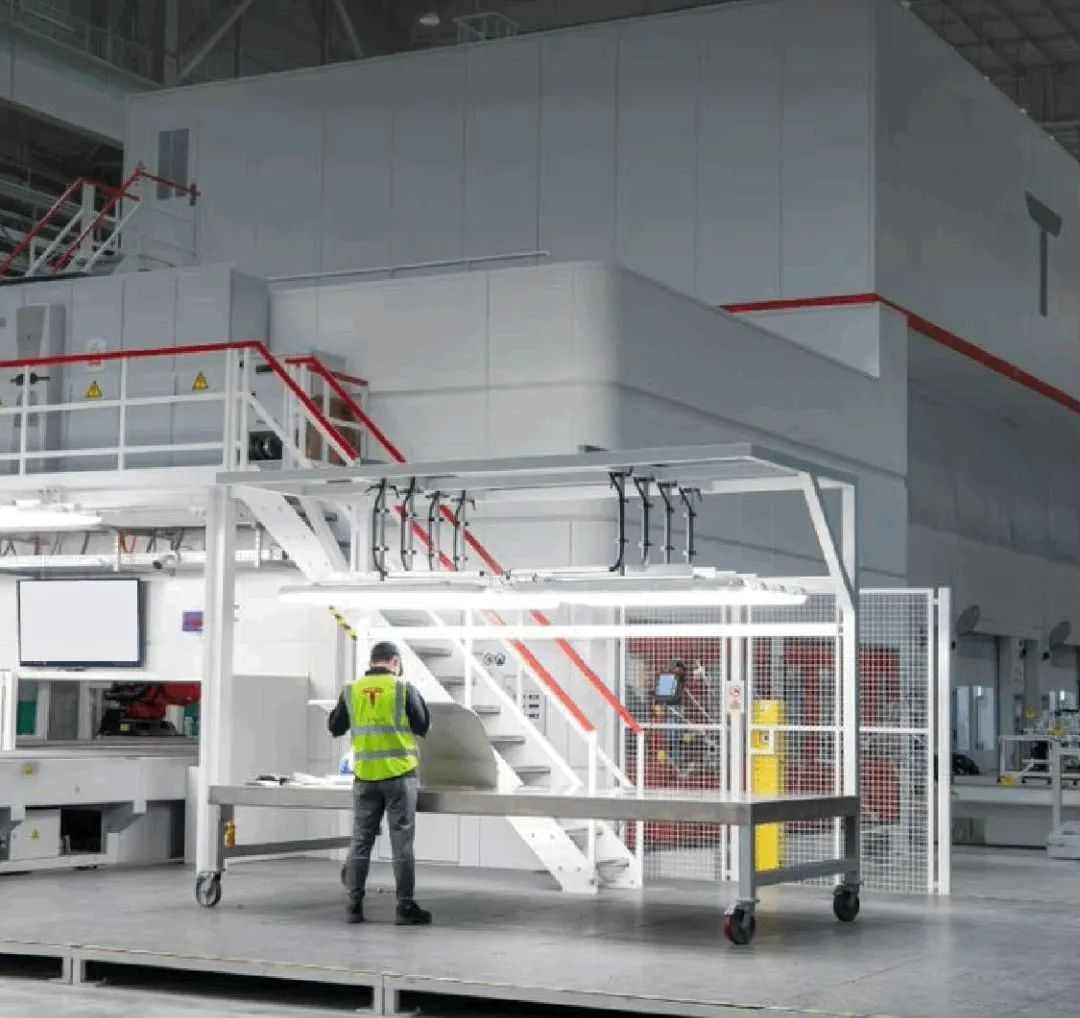Translation:
Body:
Word count: 1,552
Estimated reading time: 8 minutes
When asked why Tesla is successful, Elon Musk often mentions that they apply “first principles” thinking, which means they think about how to innovate by reducing everything to the level of raw materials. However, this is quite an abstract way of thinking, and understanding “first principles” directly may be difficult.
Today I want to interpret “first principles” from another perspective: “bandwidth”.
What is bandwidth?
Elon Musk once replied to a question in an interview: “Will Tesla make smartphones?” His answer was very enlightening for me and can fully explain the meaning of “bandwidth.”
He said Tesla will not make smartphones because they belong to a previous era. People today are actually half-digital (semi-cyber), and smartphones have become human “organs.” This means that we find it difficult to function efficiently without them.
However, smartphones have a significant bottleneck. The interaction with smartphones mainly relies on the “hand” to input information, with fast typists averaging hundreds of words per minute, while reading the screen is much faster. If we consider input behavior to be “uploading” information to the digital world, and reading behavior to be “downloading” information from the digital world, then at least the “upload bandwidth” in current smartphone interactions is quite low. This interaction method is actually quite inefficient.
Elon Musk did not give a specific answer to the next generation of interaction methods, but naturally, we can think of his Neuralink brain-machine interface company. My understanding is that this is like embedding a “smartphone” in the brain, exchanging information directly through neuronal connections without relying on hands and eyes to upload and download information. Therefore, the interaction “bandwidth” would naturally be very high.
I often feel that my mouth cannot keep up with my brain, and I don’t know how to completely express my ideas in language within a limited time. I wish the other person could come into my brain and see for themselves. This is due to insufficient output “bandwidth” during communication, and things that cannot be said in a certain period of time are simply lost.
When observing how Tesla applies first principles, they are also solving the “bandwidth” problem. The following are some typical examples to analyze in detail, which may inspire our daily work and life.Tesla does not advertise in order to invest the money saved into products and research and development. The total resources of a company over a period of time are fixed, so the aim is to maximize the “bandwidth” between total resources and product development. This will lead to better future products, which will attract more customers and get the wheel spinning. Although this principle does not apply to all companies – Elon Musk is a super endorser, which is Tesla’s unique advantage – sticking to the idea of avoiding advertising and focusing on increasing “bandwidth” is definitely something that requires strong belief and support, especially in the early stages of entrepreneurship.
Another example is early Tesla cars being criticized for poor seam craftsmanship, and Elon Musk once told a story about internal engineering development. The title of this story was “We often use the correct answer to answer the wrong question.”
How to perfectly assemble numerous parts together? Facing the assembly of hundreds of different parts with different strengths and materials on the vehicle body, various “seams” need to be glued together, some need to be welded, some need to be fastened with rivets, some need to be coated with glue, and some need to be welded and riveted together, etc. This is an absolute nightmare for quality control of the manufacturing process. However, Tesla’s materials engineering team was still able to come up with very good solutions, possibly even the best in the industry.
However, “how to perfectly assemble numerous parts together?” is already a wrong question in itself.
“How to minimize the assembly process as much as possible to reduce possible engineering errors?” This is the correct question. Therefore, Tesla’s material team (along with the SpaceX material team) developed a new type of aluminum alloy and then reduced the number of parts from 70 to 2 through “GigaPress” one-piece molding and casting technology to achieve this goal.
“GigaPress” one-piece molding and casting technology can save about 20% of materials, with a reuse rate of more than 90% for scraps, which increases the “bandwidth” from raw materials to finished products. It saves costs, reduces the weight of parts, and at the same time increases their strength. Just like gluing two halves of chopsticks together, it’s never as tough as a complete pair of chopsticks.
Therefore, asking the right question is crucial, and sometimes more important than finding the right answer.
Another example is Tesla’s uniform pricing and direct sales network, which directly removes the friction of interests between the company and agents, as well as the bargaining/trickery friction between agents and customers. In fact, it increases the “bandwidth” between products and customers – customers can buy things from the vending machine-like retail system and get what they see.
In the next article, we will continue to talk about how Tesla applies the “bandwidth” theory to autonomous driving.
This article is a translation by ChatGPT of a Chinese report from 42HOW. If you have any questions about it, please email bd@42how.com.
